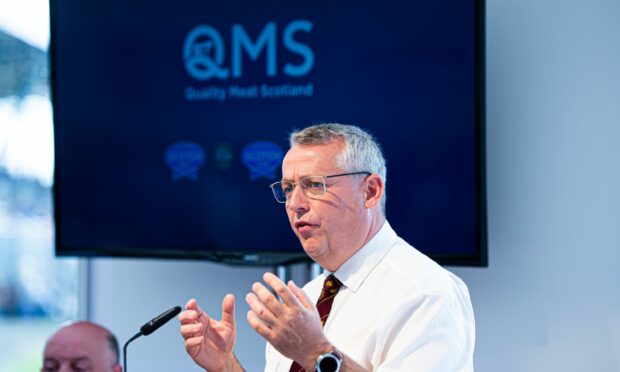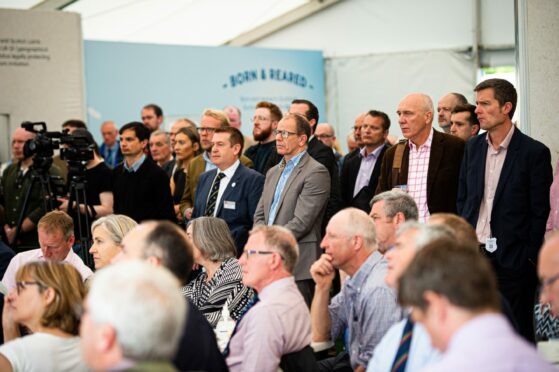The red meat and ruminant farming industry has an essential role to play in delivering human, environmental and global health – but it needs to employ science rather than passion to argue the case.
That was the message Professor John Gilliland of the Institute for Global Food Security (IGFS) at Queen’s University Belfast delivered to a receptive audience of beef, sheep and pig producers at Quality Meat Scotland’s industry breakfast at Ingliston.
Professor Gilliland, who is also a farmer and director of the agri-feed company, Devenish Nutrition, said smarter metrics were needed to make the industry’s case more coherently in the face of widespread criticism from both the health and environmental lobbies.
He described the emergence of conflicting scientific reports which argued that red meat was good and bad for human health, and said the farming industry needed to challenge these and environmental criticisms by using science and academics.
“We are all very passionate about what we do, but passion isn’t going to win this subject,” he said.
“Many people don’t understand what our sector does and the benefits it delivers for human health. We also need to engage about how we deliver environmental health and reduce our footprint.”
Prof Gilliland said the industry could deliver on the environmental challenges but it first needed to understand more clearly what it is being asked to do.
“A lot of people use the phrase net-zero but they don’t understand what it means for our sector,” he said.
He added it was “extraordinary” that greenhouse gas sequestration was not measured on farms, despite last September’s IPCC report concluding that net- zero would not be achieved by 2050 unless farmers were asked to build carbon on their farms and not just reduce emissions.
“I don’t talk about gross emissions or gross sequestration, I talk about net farm carbon and what the net position on the farm is when I add up what I emit and what I lock up,” he said.
He described grazing trials which had been taking place in Ireland over the last four years.
“In that time we’ve achieved a 65% reduction in nitrogen, a 20% improvement in average daily weight gain of both beef and lamb – beef 17% and lamb 34% – and lambs are going to slaughter 43 days earlier off multi-species rather than perennial ryegrass.
“And we’ve increased the earthworm population by 300%.
“If I do a profitability on that, this is a win, win, win.”

